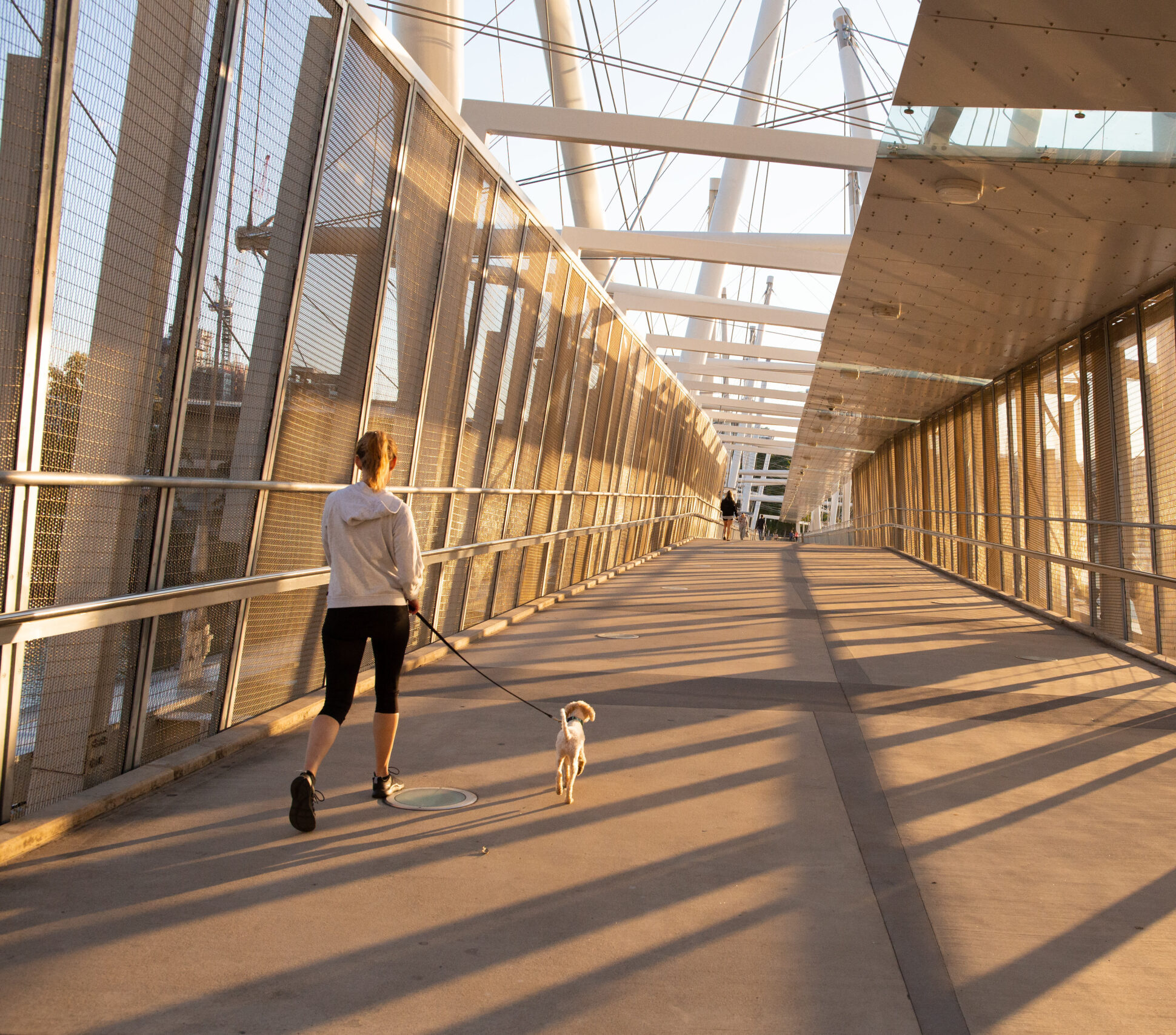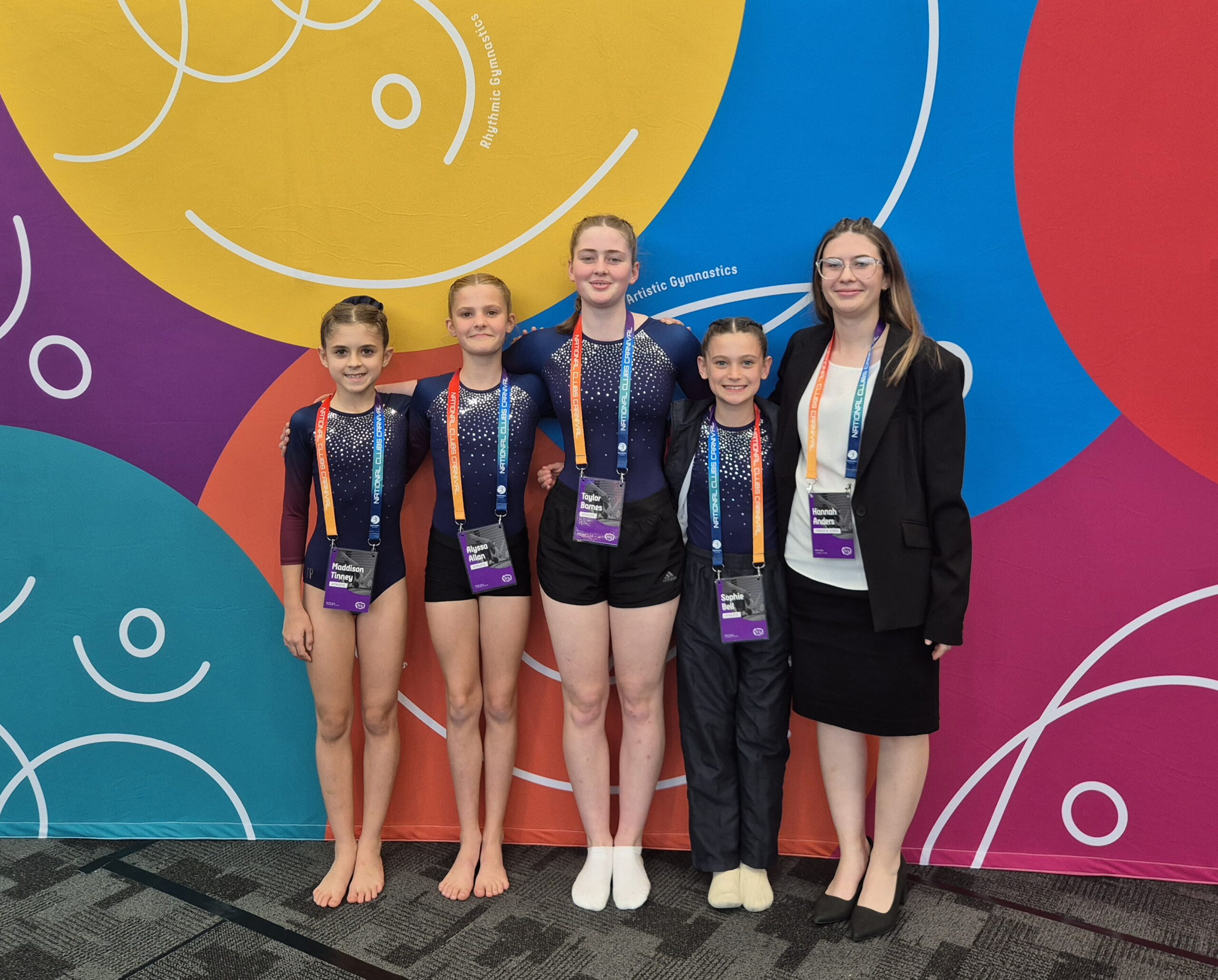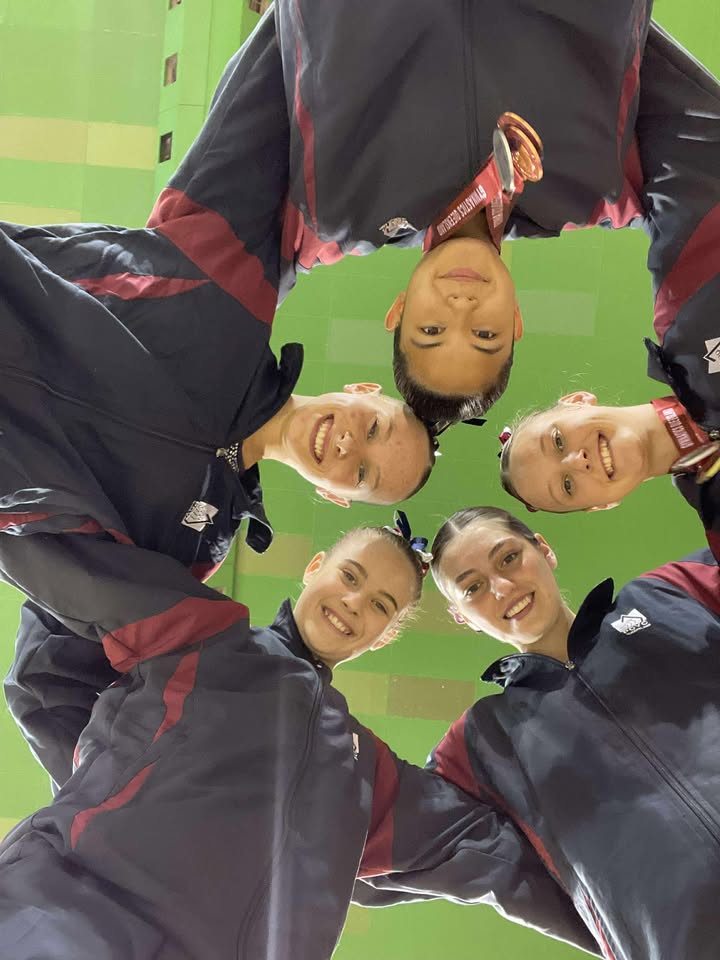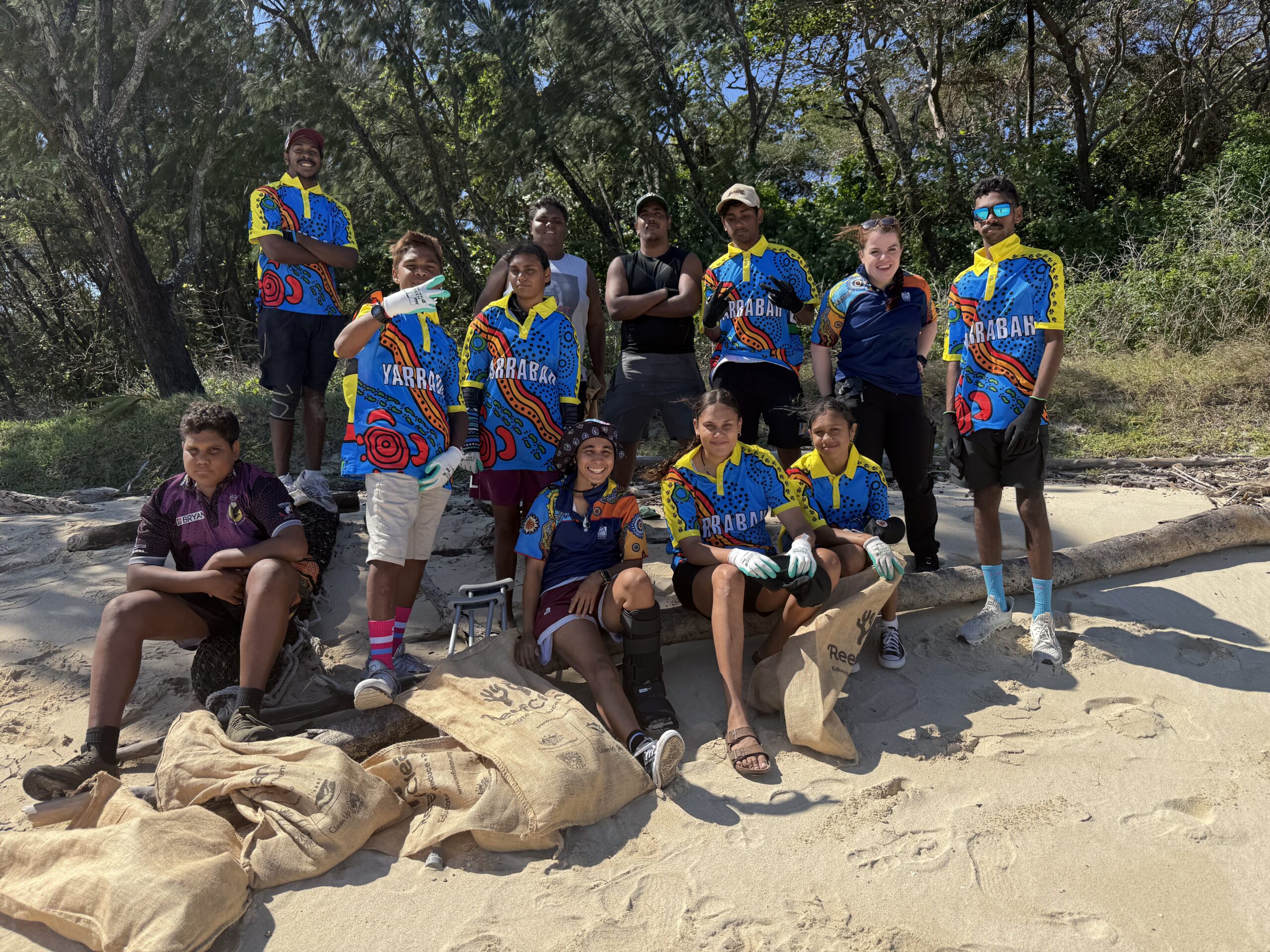By our Gym+Fitness team at PCYC Lang Park
While no one can guarantee perfect health in the future, making smart choices now can lead to a happier, healthier retirement. Like financial planning it requires many years of investment for a significant return of capital. Poor or risky investments result in low dividends or in most cases, no returns at all.
A safe fitness future might start with exercising 3 to 5 times a week for 30 years. With small adjustments over time, routines can be adapted even for those with limited mobility. Exercise benefits every age.
The following 10 tips are fitness investment strategies for a happier and healthier retirement. These positive lifestyle changes will help build that capital to hike, run, lift weights, and hold a plank!
1. Lift weights
Maintaining a healthy amount of muscle mass helps protect against physical weakness, which in turn reduces the risk of falls and other injuries. As we age, good balance depends on strong, well-controlled muscles. Muscle loss caused by inactivity or poor nutrition is often preventable, especially in the absence of underlying medical conditions. The good news is, it’s never too late to start exercising and build strength.
2. Make your nutrition a priority
Avoid fad diets, yo-yo dieting, or any diet that excludes a whole food group. Remember your hydration too.
3. Apply the 3 R’s to fitness
Resistance, Rugged, and Regular.
Resistance weight training affects the body like no other form of exercise. Force is exerted against the ligaments which in turn stimulate cells to lay down bone tissue, therefore maintaining bone density if nutrition is adequate. It also assists in reducing the effects of osteoporosis.
‘Rugged’ describes the intensity of your workout! You need to learn to exercise at an intensity that will provoke change. Sometimes, this needs to be determined by a health or fitness professional.
Regular: Three times a week for weights is optimal for a full body workout, twice is still OK, once a week is better than nothing, but the body will struggle to maximise the gains from training.
4. Posture
Bad posture (slouching, forward head posture, rounded shoulders) takes years to create changes which accommodate these bad habits. It is a mighty and daunting task to undo, and much easier to address them before postural change creates injury, gait issues, or chronic pain.
5. Avoid self-diagnosis
Give Dr Google a wide berth and realise that your friend’s physio program was tailored to them, not you! If you have a problem that is affecting your health or fitness, seek appropriate help.
6. Sleep adequately
Sleep needs change throughout life, so get as much sleep as your body needs.
7. Keep track of your inner health by getting a yearly blood test
Your doctor can monitor levels like cholesterol, liver enzymes, kidney function, and fasting blood sugar. Changes in these readings can show early signs of health problems. Catching these changes early makes them easier to manage, before they turn into serious illness. Sometimes, even a small change in your diet can make a big difference.
8. Maintain a youthful outlook on life
Exercise itself positively enhances mood, along with all the other great benefits. The social aspect of group fitness, whether indoors or outdoors helps provide diversity in life, combats isolation or loneliness, and helps create a network of peers in later life. Over 50’s exercisers frequently report that the social aspect of their weekly exercise is as important as the physical benefits.
9. Add cardio
Aerobic exercise can be done every day. To see improvement, the activity needs to be more challenging than a slow walk. For example, a brisk walk with some hills is more effective. You don’t have to run, aerobic just means “with oxygen.” It includes any activity that raises your heart rate and can be done for 30 minutes or more. The right intensity depends on the individual.
10. Maintain mobility
As we age, we naturally become less flexible, but regular stretching can help slow this down. Staying hydrated is also important to keep muscles and other tissues like tendons, ligaments, and joints healthy. Do dynamic stretches like leg swings before a workout to warm up and do static stretches after to help your muscles relax.




